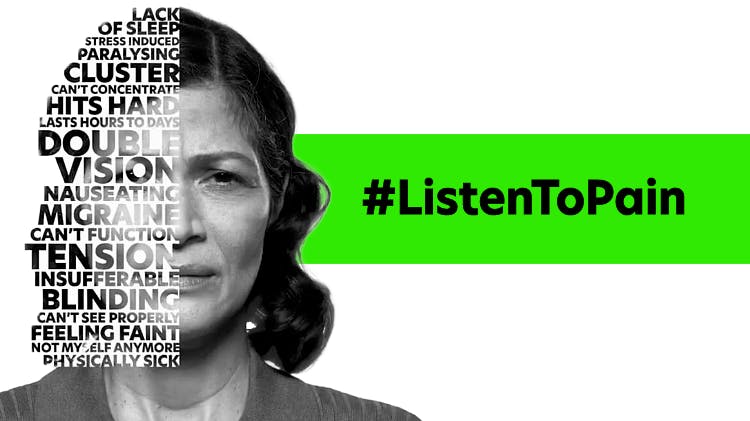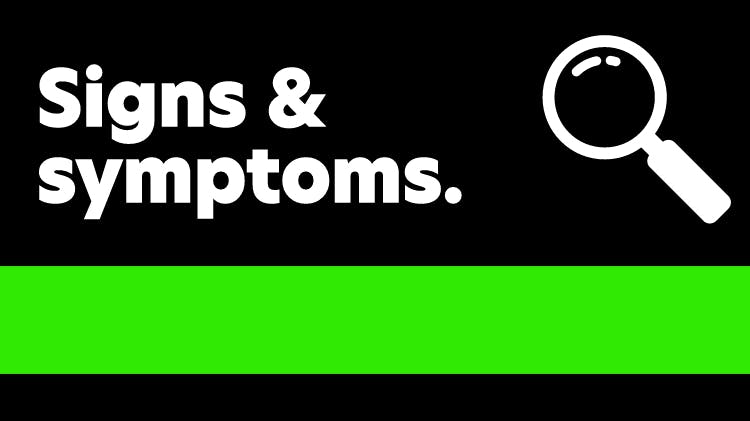An Overview of Back Pain

Healthcare professionals know first-hand just how common it is to encounter patients suffering from acute or chronic back pain, as well as how tough back pain can be on patients’ day-to-day lives. You’ve likely treated a few patients who sit in front of a computer all day and are starting to see the toll this lifestyle takes on their backs or those who may have injured themselves during more physically demanding jobs or activities. Their pain may be so intense that they have difficulty moving, or the pain could be milder and prevent them from keeping up with the activities they look forward to. Back pain can take many different forms and require a range of different treatments, and healthcare professionals like you play a critical role in diagnosing patients’ and helping them get back to their daily lives—uninhibited by pain.
This section summarizes the different causes of back pain, the common signs & symptoms of back pain, and the trusted treatment and management options available as you care for your patients. Get started by exploring just how prevalent and disruptive back pain can be among patients with the facts and statistics highlighted below.
Understanding the prevalence of back pain
Explore related content


Listen To Pain
Explore our tools like the Patient Pain Tracker, designed to help improve patient conversations.

What are the signs of back pain?
Learn more about the common signs and symptoms of back pain.

Advil Dual Action Back Pain
Explore Advil Dual Action Back Pain, an FDA-approved combination of acetaminophen and ibuprofen that provides 8 hours of back pain relief.

NEW Advil Targeted Relief
Learn more about the first topical pain reliever from Advil that starts working on contact for up to 8 hours of relief.

Advil Dual Action
Explore Advil Dual Action, an effective combination of ibuprofen and acetaminophen that fights pain in 2 ways.
